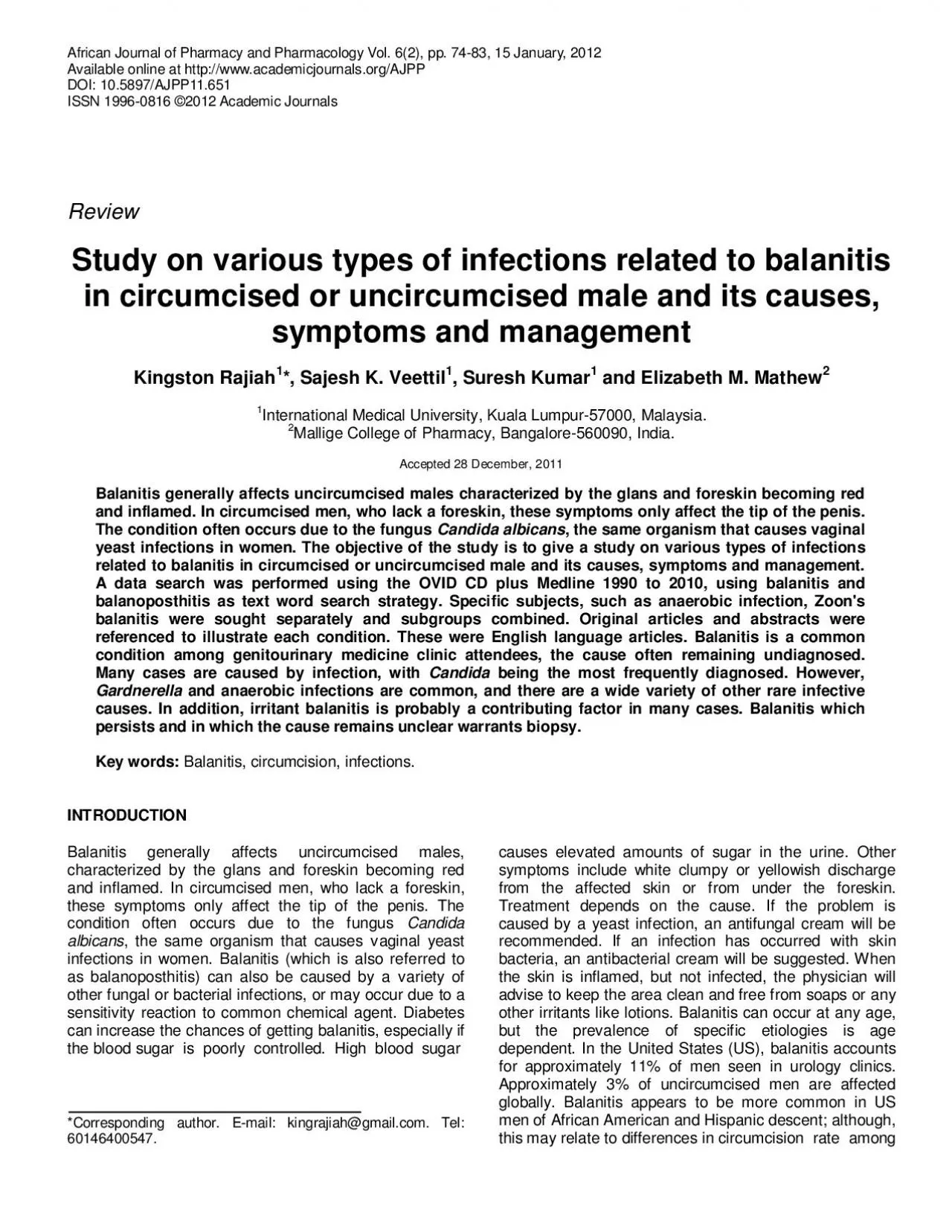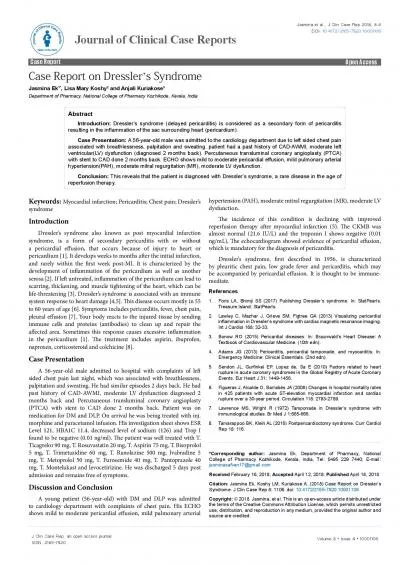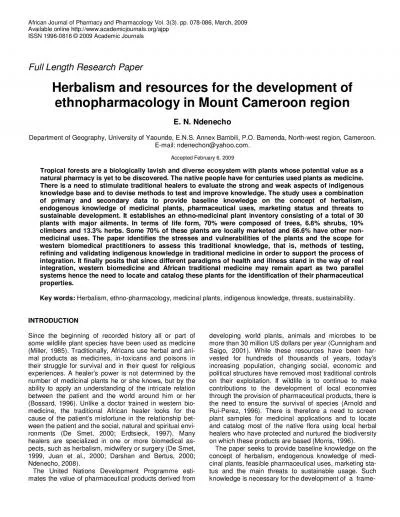PDF-African Journal of Pharmacy and Pharmacology Vol 62 pp 7483 15
Author : elina | Published Date : 2022-09-22
Rajiah et al 75 Table 1 Range of factors causing balanitisInfectiousSkin disorder Miscellaneous Candida albicans Circinate balanitis Trauma Trichomonas vaginalis
Presentation Embed Code
Download Presentation
Download Presentation The PPT/PDF document "African Journal of Pharmacy and Pharmaco..." is the property of its rightful owner. Permission is granted to download and print the materials on this website for personal, non-commercial use only, and to display it on your personal computer provided you do not modify the materials and that you retain all copyright notices contained in the materials. By downloading content from our website, you accept the terms of this agreement.
African Journal of Pharmacy and Pharmacology Vol 62 pp 7483 15: Transcript
Download Rules Of Document
"African Journal of Pharmacy and Pharmacology Vol 62 pp 7483 15"The content belongs to its owner. You may download and print it for personal use, without modification, and keep all copyright notices. By downloading, you agree to these terms.
Related Documents














